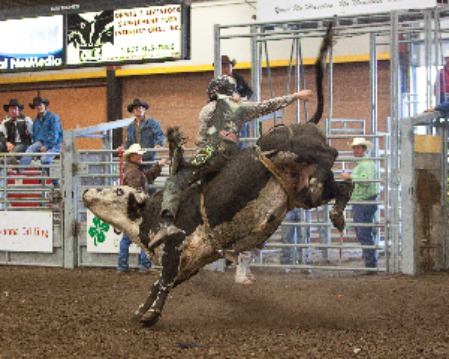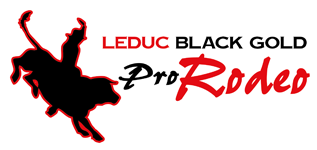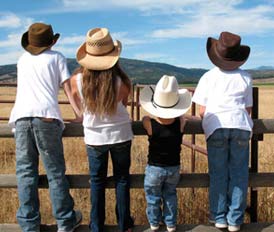
8 Tips For Riding Rodeo Stock That Don't Want to Be Ridden
What to Do When Given a Whole Lot of Bucks
Picture yourself on the saddle-less spine of an enraged, energetic horse that weighs as much as the Edmonton Eskimos offensive line. Even scarier, imagine yourself astride an equally angry bare-backed bull that out-weighs the whole football team including the bus they go to the game on.
For sane people, the goal would be to get off the jerking, jumping mass of muscle before the rider's fragile extremities are yanked painfully from their tender sockets. For rodeo bareback specialists, however, their goal is not to immediately dismount from the animal like a normal person would, but to try and stay on for at least eight full seconds. Eight seconds may not sound like a long time but it is an eternity when aboard a rip-rarin' tendon-tearin' rodeo beast. (See the works of Einstein regarding how time is relative, although the historical record does not indicate that ol' Albert was much of a rodeo competitor.)
So how do they do it? What sort of secret tricks are available to those courageous souls who brave the bare backs of 'rough stock'? Here are some tips from the pros.
1. Lean back. Since most of the bucking happens with the animal's back legs, you will be much steadier if you lean as far back as possible. Don't forget to hang on tightly to the strap, however, or you will be quickly somersaulted over the critter's bouncing backside.
2. Be very conscious of your centre-of-gravity. You only have to lose it for a split second to be kissing dirt in front of thousands of spectators.
3. Force your upper body to relax. (Relax? Yeah, right!) In that state you are less likely to feel the full impact of the jarring than if you are all tensed up. Relaxation tapes and aroma-therapy candles are not recommended while riding a bucking animal, however.
4. Only hang on with one hand. Of course, this is a rodeo rule but it also makes sense for the casual rider on a bucking animal. Your free hand should be used as a counter-weight, much like a tightrope walker with a long stick might do. Your free hand can also be used to pick up your other hand after it has been torn off trying to hang on for dear life.
5. Become one with the animal. This usually only happens after years in the saddle when the critter's natural motions eventually become second nature. This 'muscle-memory" is essential for a good ride. Not recommended for those people whose muscles have poor memories.
6. Develop thighs strong enough to crack coconuts and use them to help hang on ('them' being your thighs, not your coconuts). Make sure no coconut shells end up in your chaps.
7. Believe in a Higher Power. It's not a necessity but if you end up on the back of a hostile horse or a bull in a bad mood, you likely will appreciate The Big Guy Upstairs in a whole new way. ("Please, Lord, don't let him break my body into little pieces!") This may explain the importance of the Cowboy Church to rodeo folk. You can join the celebrants on Sunday at 10:00 at the Leduc Rec Centre.
8. Keeping your feet firmly in the stirrups will give you much more stability. It is the rational, sensible way of staying on an animal that would rather you didn't. This is why most rodeo competitors ignore this tip and instead use their feet to spur the animals into even more energetic bucking. This is why folks say rodeo riders "aren't like the other guys".
It is important that people reading these tips commit them to memory. You just never know when you will suddenly find yourself on the back of an ornery animal that wants you off.















